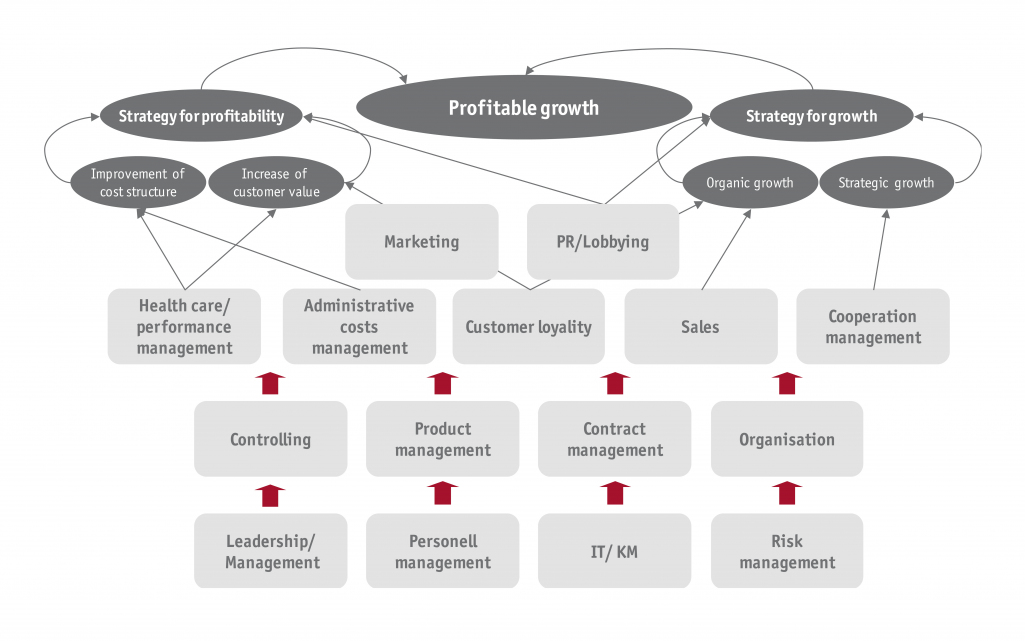How effective integrated care really is
Client: Medium-sized, nationwide active statutory health insurance
Field of application: Migraines, chronic headache
Challenge
Many statutory health insurances (SHI) have entered into integrated care contracts which, from the payer's perspective, have neither had a positive effect on the medical quality of the care at the same cost nor a positive effect on the efficiency whilst retaining the same quality.
On behalf of an SHI, SKC has demonstrated that this can be done differently based on the example of migraine in cooperation with the university hospital Essen.
Solution and approach
Critical success factors were considered in the selection of the topic and its implementation.
These include:
- the selection of appropriate insured persons for the special care,
- the in-depth knowledge of the care and quality problems in the care reality,
- the collaboration with experienced and successful hospitals with a special care concept and
- an appropriate implementation plan
- as well as continuous monitoring of quality and economic parameters.
Migraine / chronic headache is a condition in which patients have more than ten days of headache a month, usually go from doctor to doctor for more than eight years until they get the correct diagnosis, and in therapy rely on care from clinics and medical specialists using expensive drugs.
A modularly structured care program was developed, which organized the entire chain of care and united it in one service provider network. Likewise, modular service packages which were distributed in the network covered the additional costs.
Services, organization, contracts and the implementation plan were developed within a period of five months and the launch was carried out only two months later.
Added value
The recruitment goal was achieved within a short period of time.
- Patients reported a reduction of headache days of more than 60% as well as a more than a 60% reduction of pain intensity.
- The total costs of the SHI rose only slightly overall compared to the comparison group without IV.
After one year of exclusivity for the client, other health insurances joined the contract, among others the AOK and the Knappschaft. In total, all participating insurances represented 50% of the regional population insured.
The set-up and result of the project were published as a Harvard Business Case (No-9-707-559) by Prof. Michael E. Porter.

